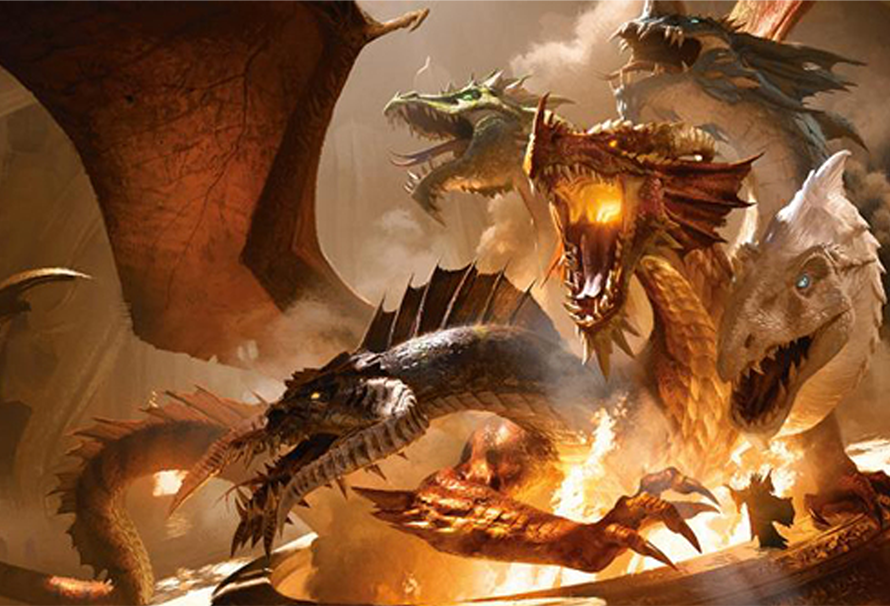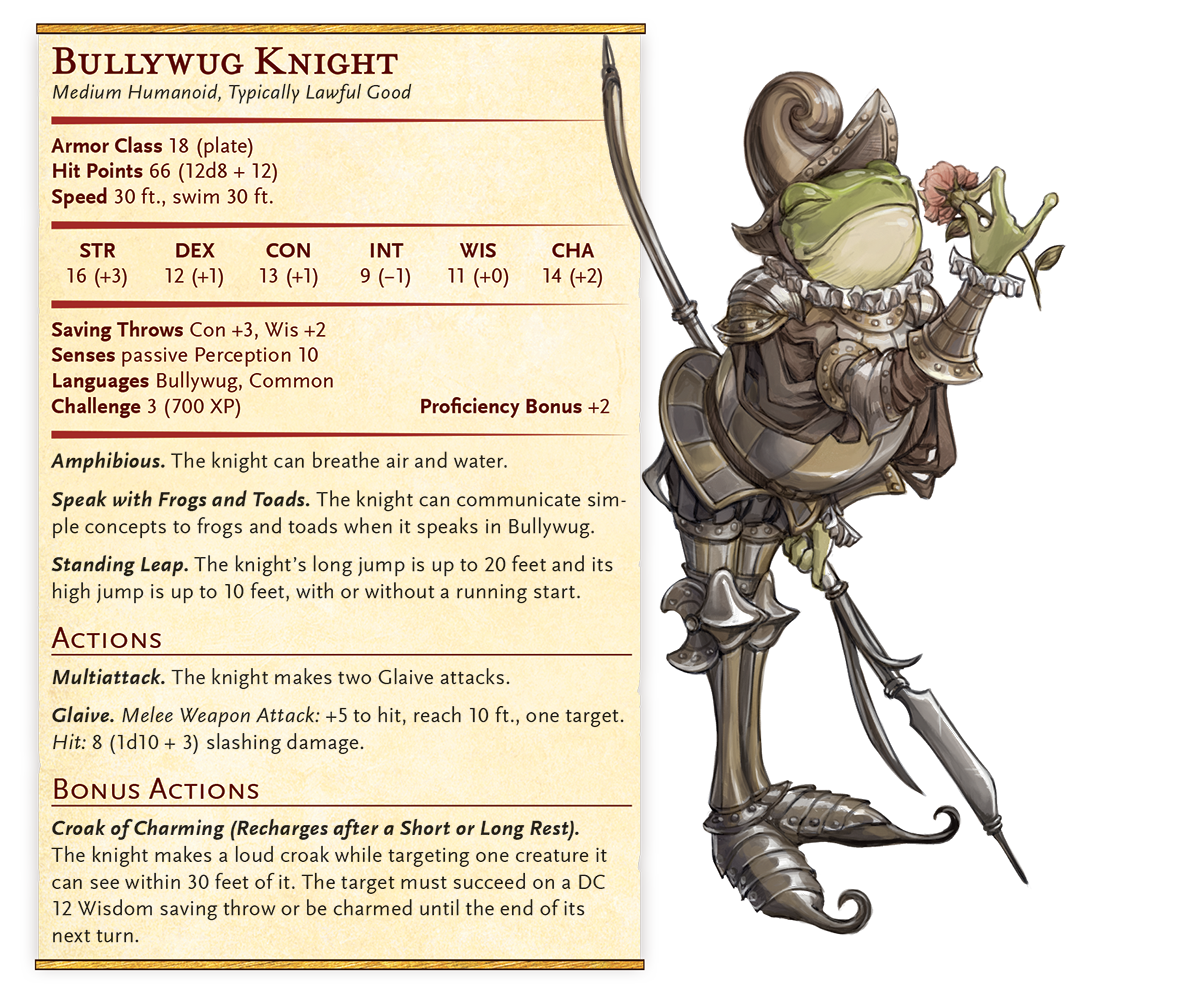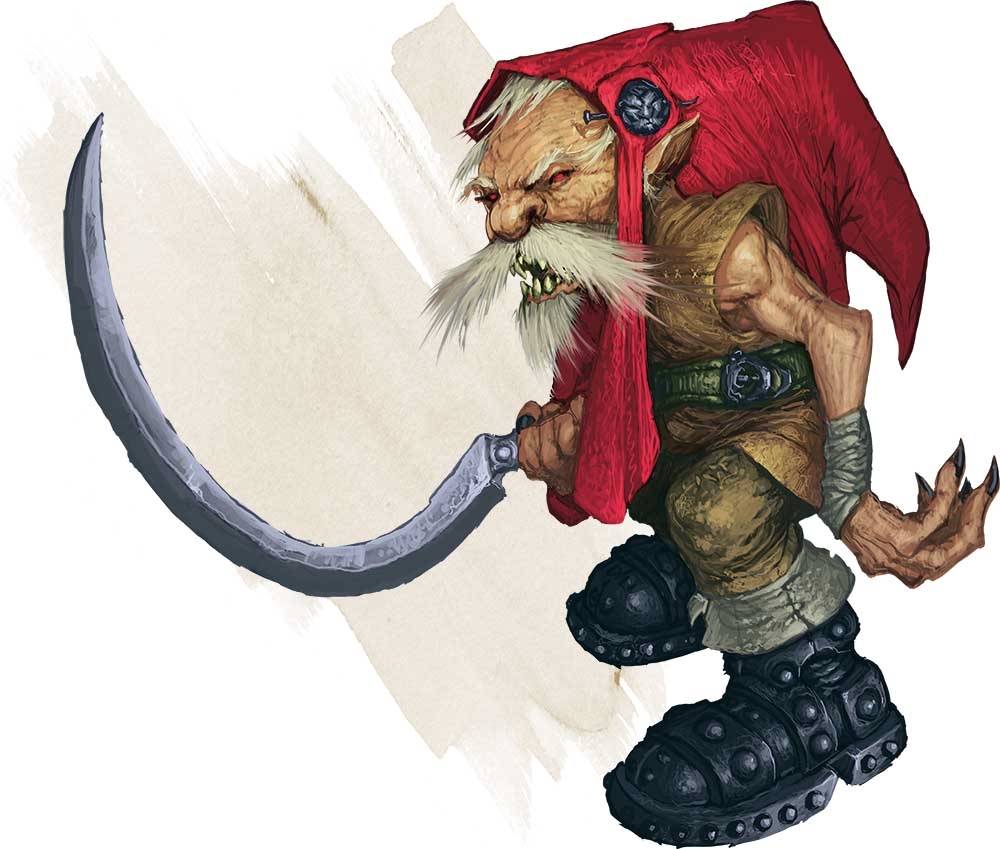


Below is a list of different types of Monsters, the skills that are most useful for parlaying with them in parentheses, and a couple examples from the book of things each type of D&D monster may desire. The DM can consider granting players advantages on any ability checks they make with a creature if they give it something it wants.

Players can improve their chances of a successful encounter via proficient social interactions and clever roleplay. In a Screen Rant interview with D&D's Lead Rules Designer Jeremy Crawford, he explains that the goal with this feature is mostly just to show how fun negotiating with creatures can be. Related: Tasha's Cauldron Of Everything: D&D's New Magic Tattoos Explained Certain skills like Arcana or Survival can be put to use in determining a creature's history or preferences - a refreshing change of pace from the Athletics, Stealth, and Perception skills that are more commonly used. Sometimes all a beast desires is a good meal, and some sapient creatures even prefer a good chat over drawing weapons, which is good news for Bards and other D&D players with high Charisma. This can be a tangible item, a service, or something as simple as reciting a good story.

Parleying with monsters in D&D involves offering them something. As D&D involves more than just battling ferocious dragons, this is a welcome feature that allows players to hone in on roleplay and other creative methods within their campaigns. A fun new section in Tasha's Cauldron of Everything- the latest Dungeons & Dragonssourcebook - is titled "Parleying with Monsters," and contains tips and tricks for dealing with creatures outside of combat.


 0 kommentar(er)
0 kommentar(er)
